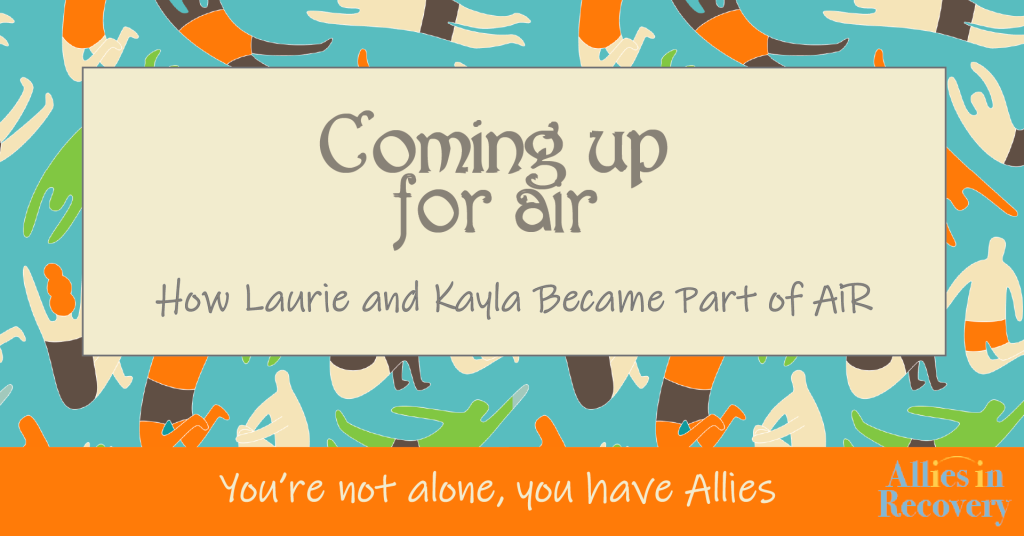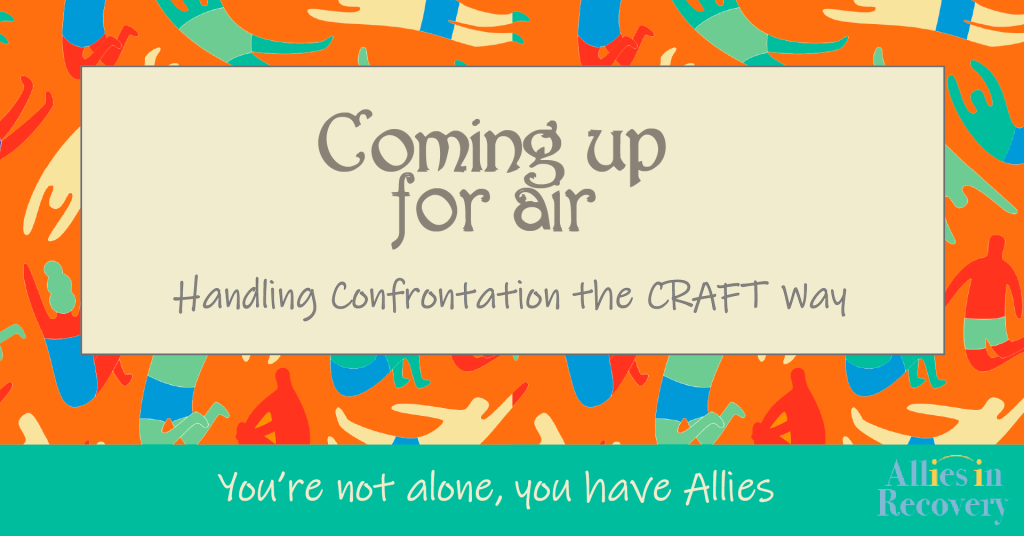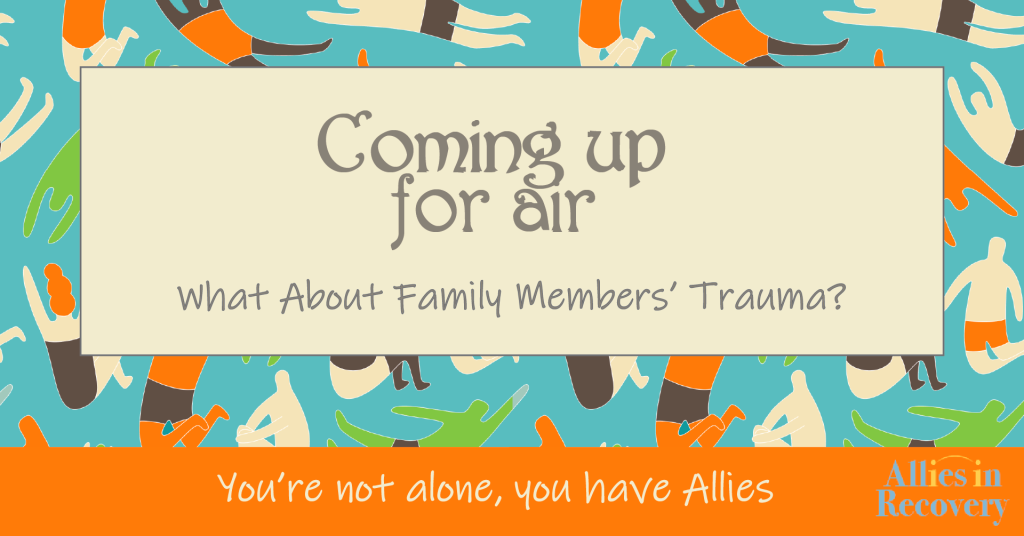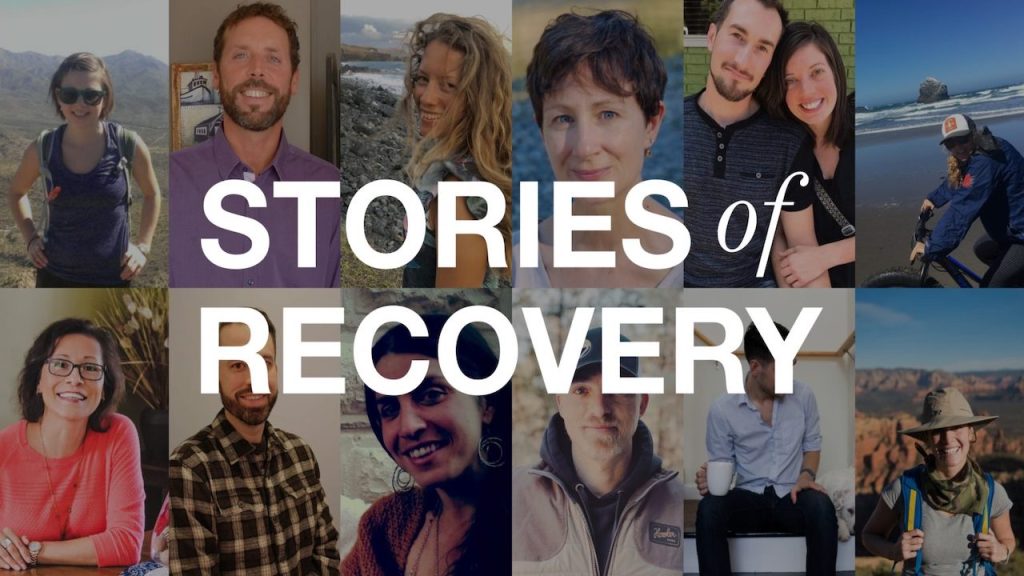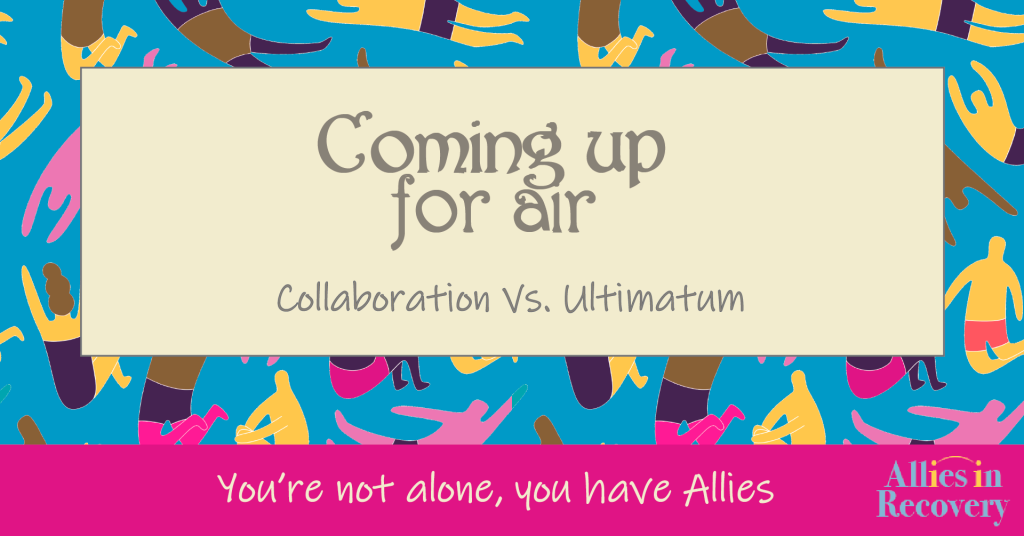How do You Trust Again?

*This post originally appeared on our Member Site blog, featuring guest authors like Annie Highwater, and where experts respond daily to members’ questions and concerns. To take advantage of our current special offer and get full access to the Allies in Recovery eLearning program for families, click here.
I’ve had my fair share of broken trust
Having had family members afflicted with addiction, I’m frequently asked how I have personally managed to put trust in them again, after being deceived or betrayed.
I certainly have standards for healthy, trustworthy relationships (even those that might be in fragile healing phases)… Yet I’m also mindful of boundaries regarding loyalty, respect, honesty and ownership. When it comes to broken trust, my response is to bring the work back to me.
I have stopped requiring trust to be rebuilt to the same degree it was broken. I don’t know that that’s possible. When I’m holding a measuring stick of expectations or time-frames, a heavy weight is placed upon everyone involved.
There is no set process or deadline for when things begin to feel safe again
When it comes to having trust shattered more than a few times, I have learned to tend to the areas violated. If a violation of trust is a wound inflicted on a boundary (whether that boundary is unspoken or explicitly clear), then regaining that trust is a matter of healing the wound.
Whatever the area that was violated, I know I must first reinforce and secure it. This is the work of repairing boundaries. For instance, I’m probably going to decrease access to things like my finances, valuables, time, or information that was once confided. If necessary, I will restrict access to my presence, when I need to guard my heart.
It’s time I tend to myself
I have learned that when trust has been broken, emotional damage occurs. I need to take time to rebuild myself. Allow myself to think, breathe, calm down, heal. I analyze what I missed, what I ignored, what I made excuses for, and where I may have left myself open to disappointment.
I focus on my sense of worth, and sharpen trust in my intuition. For a time, that takes priority for me.
I then set intentions to forgive and decide what the relationship looks like going forward.
Does it need time and distance? Do we need to have some hard conversations? Does the connection need be cut off? For a time, or even permanently?
The answers depend on what I have envisioned is healthiest going forward.
(I try not to make these decisions when I am throbbing with emotion.)
Working on trusting myself
I’ve learned that more important than being able to trust my son, my family, my friends, my relationships, those I work with… and so on, is my need to be able to trust myself. When I am internally healthy and aware, I am less likely to deny intuition, or bypass warning signs. Trusting those instincts helps repair my relationships with others.
Not that they are off the hook. I just know that the majority of my work is usually within. This is the realm in which we really have the power to change.
Everyone will hurt and disappoint us at some point.
What I need to consider is how deep did they cut? What were their intentions? How honest and forthcoming were their amends?
It’s not my job to completely trust anyone or anything else — it’s my job to forgive them, to love them, and to secure the areas violated. I then must decide what areas of the relationship need to be addressed, changed, or ended.
It is a powerful process of healing to raise my self-respect and perception of value… this brings me to a place where I can sense signs of unhealthy dynamics. Working on that, I find, works out the rest.
In my Higher Power (and in myself) I am learning to trust,
Annie
image © NickyPe via pixabay


